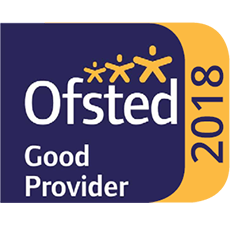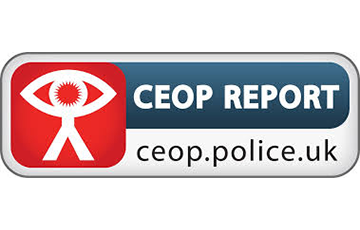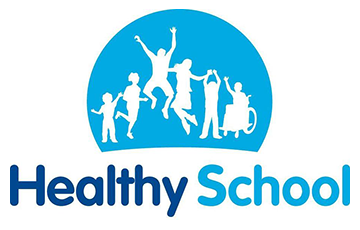Writing at school
English curriculum: silver thread - every word tells a story.
Talk for writing

EYFS
In EYFS, the children begin to learn the actions to stories that they listen to. They are able to follow a story map and will quite often begin to attempt their own story maps. Talk for Writing is completed each morning in EYFS.
Year 1, 2 and 3
In Year 1, 2 and 3, children begin the ‘Talk for Writing’ process by internalising a text. This is done in a range of ways including text maps, inventing actions for parts of the text and drama. The children learn the text by heart. They are able to identify key features of the text, sometimes independently and other times as a group or class.
Following on from this, the children then have to imitate the text they have learnt. They may make simple changes to the original text to alter it slightly. Once they have internalised the reworked text, they then have to ‘box up’. This simply helps them to organise their ideas and acts as a plan for their writing towards the end of the week.
The final part of the Talk for Writing process is ‘innovation’. Over the previous weeks the children will have been equipped with the skills required for inventing their own text from beginning to end. They will come up with their own ideas and be able to box them up. They will then be able to produce an independent piece of writing showcasing their text.
Year 4, 5 and 6
In Year 4,5 and 6, children follow a very similar approach although it is more advanced. It follows the same internalise, imitate and innovate structure as is used in KS1. Children, again, have to identify key features of the text they are learning and think about the key ingredients they need to include in their own work. Children are given lots of opportunities to re-draft their work using the comments from the teachers marking. Over the course of the unit, children are encouraged to share ideas for others to ‘magpie’. This means they can use the good ideas from their peers in their own writing.
The most important factor of Talk for Writing is that each stage is heavily guided and modelled in the early stages of each unit by the teacher and other adults. This gives the children the necessary tools they need to become confident writers of any genre.
Handwriting
At Twyning School, we teach basic letter formation at the start of Reception in Rabbits Class. During Year 1, the children start to learn pre-cursive writing and learn to use a 'feeder-leader' line at the start of each lower-case letter. It is really important at this stage that they can also form the CAPITAL LETTERS correctly too and they know that these letters do not join. Throughout the rest of KS1, cursive (joined) handwriting is taught and the children really develop their fluency. We use a scheme called 'The Write Path' by Julie Palmer which is a really inclusive handwriting scheme suitable for all writers and learners (including left-handed writers). Once children are in KS2, we aim that they have the handwriting style fully embedded so that they can all present their work in a cursive, fluent style.
Spelling
In January of Year 1, the children begin to take home 5 spellings to learn each week. In year 1 these are based on the phonics they have been learning over the last week. These are then tested the following week.
From January of year 2 through to the end of year 6, these spellings come from the Twinkl spelling scheme. At the beginning of each week the children have a spelling lesson, designed to teach a specific spelling rule. The 5 spellings they then take home will be based on this rule and should help them learn to use the rule in their writing. They are tested the following week during their spelling lesson and then the new rule for that week is taught.



